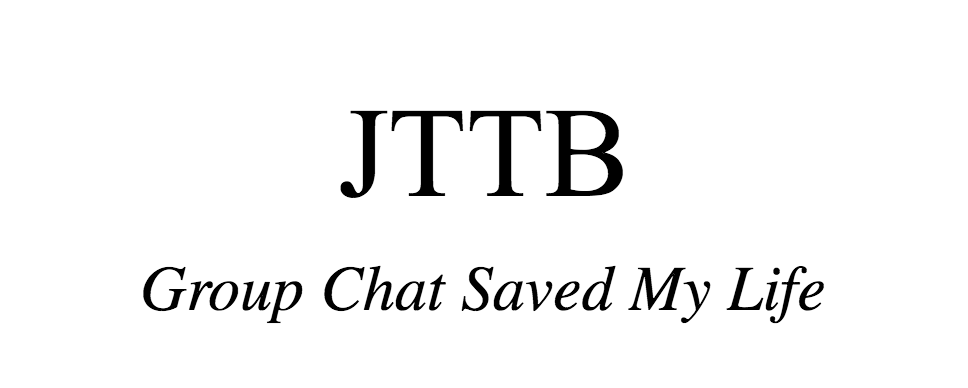Fashion’s Abandonment Issues
It happens every day: another brand releases another collection, which often means another lookbook. Starting a clothing brand is no longer brave. These days it feels like a safety move for anyone that graduated college with a 2.5 GPA or lower because the education system didn’t “understand” them. Every other Highsnobiety article is about a new up and coming designer with a new take, a new perspective that our wardrobes were missing. I was at a panel recently where Jeff Staple posited that with this abundance of choice comes the necessity to stand out, to have a perspective or story that will connect with consumers. People need a reason to choose your bootleg graphic tee over someone else’s. Even major labels find themselves in competition with barely established brands. In my opinion, the easiest ways that brands can immediately differentiate themselves from one another is through their lookbooks. They are a brand’s first opportunity to showcase what they have to offer, to tell a visual story that will grab someone’s attention.
I see no flaws in this logic. Yet, it appears that many brands are too lazy, or too out of touch to really take this to heart. It feels as though at least once a day a I flip through a campaign or lookbook blander than the last. There is one trope in particular that I find especially egregious, I like to call it the abandoned warehouse aesthetic. Brands are fucking infatuated with abandoned locales. Abandoned theme parks, abandoned regular parks, abandoned construction sites and, of course, abandoned warehouses.
If I were to gauge the state of society off the lookbooks Highsnobiety posted… well, you would have a hard time convincing me that the only people left on this earth weren’t a bunch minimally styled, unnaturally beautiful people.
Don’t get me wrong— I’ve been preparing for this dystopian society my whole life. I read more than my fair share of YA novels back in the day. That being said, I think the collapse of society as we know it is at least a decade away. This left me to ponder the real reason that brands so often lean on this motif.
At first, I was sympathetic. There is so much wrong with the world that, often, it can feel hard to be positive. When one of our largest continents is burning, the whole world seems to be at war, and new technology threatens to give every stranger access to those awkward photos of me from middle school, why should brands be presenting anything besides bleak backdrops and sad or aloof models? Then again, this is not the first time that society feels like it’s flirting with extinction.
The Cold War gave us Pop Art and the ephemeral joy of brands like United Colors of Benetton. Cher, Studio 54, and the rainbow-colored 1970’s existed in the same world where friends and families were being shipped off to their deaths in Vietnam. If anything, art - and fashion, as its subsidiary - should be counterbalances to the horrors that we are often surrounded by. This is not to say that art or fashion cannot reflect the state of the world. But putting models against a gray background is not a political statement. It’s laziness.
Now, I’ll be the first to admit that my criticism comes at an inconvenient time. There’s a lot of hot abandoned real estate on the market right now with the JE mansion up for grabs and a White House marching towards vacancy. I would like to clarify that, if you can secure either of these locations, I’m willing turn a blind eye. That would be sick. Otherwise, I’d like to see a little more imagination. The smartphone era has made everyone a photographer. While this is mostly unfortunate, there are some positives. It doesn’t take much to shoot with a group of friends in a location more interesting than that parking lot with weeds breaking through the concrete. If I can offer any advice, it would be to think more than five minutes about your brand’s creative image.



